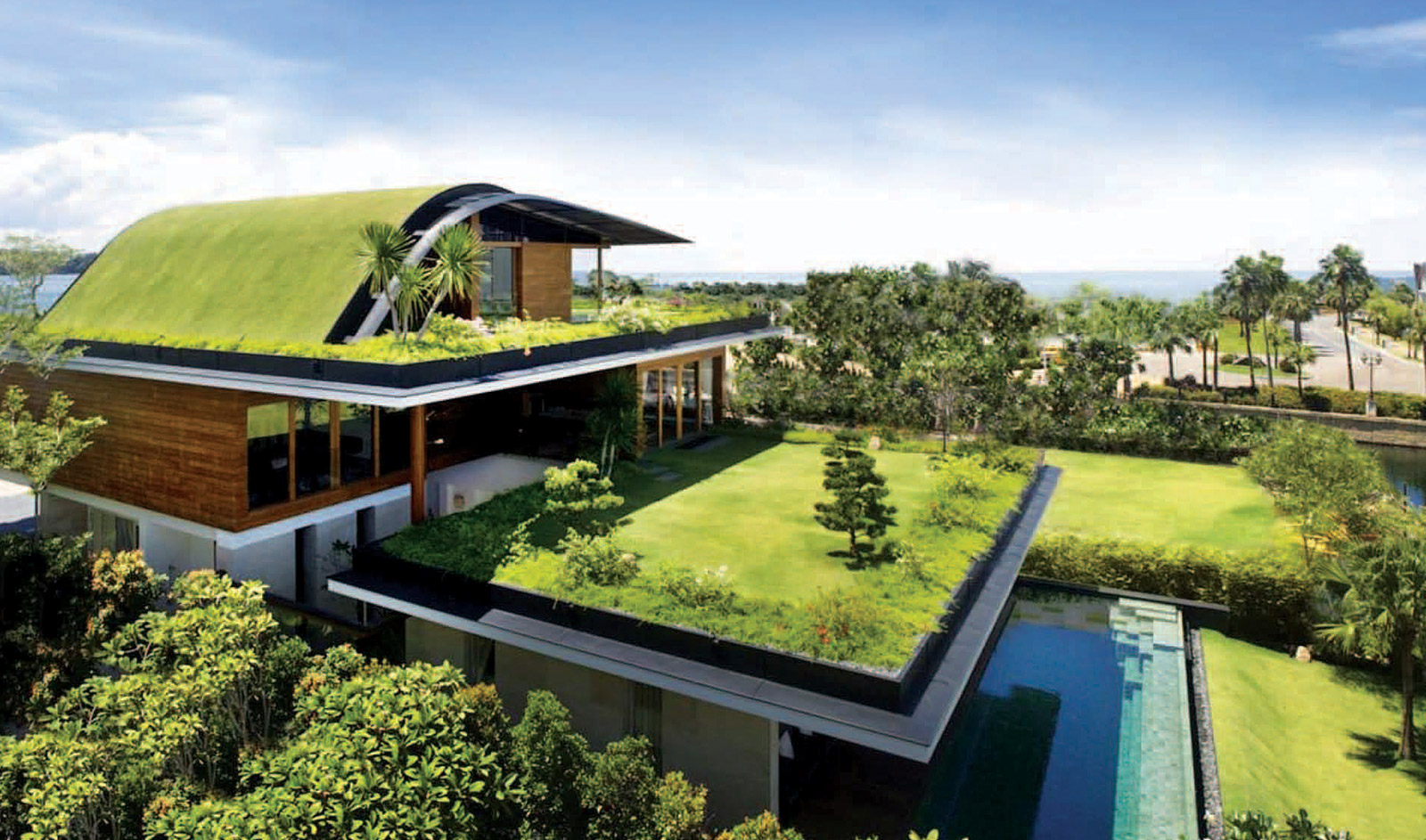Whether you’re building your home from scratch or adding just an extension, this is the perfect opportunity to enhance the sustainability and eco-friendliness of your space. From major changes to minor updates, there are plenty of ways to build a beautiful, sustainable and comfortable home.
Choose eco-friendly building materials
Eco-friendly materials are the basis of building a green home. You need to invest in high-quality, green materials that will provide you with durability without harming the environment. There are several options when it comes to green, sustainable materials. You can go with recycled or reused, locally sourced, sustainably harvested, toxin-free or quickly renewable materials. Some materials, such as bamboo, fall under all categories and are the perfect choice for a sustainable home.
Pay attention to your insulation
When building your home, you need to ensure that it’s properly insulated. Insulation has a crucial impact on the energy efficiency of your home. Since your heating and cooling systems account for 50 per cent of your energy consumption, foolproof insulation plays a vital role in sealing air leaks and preventing heat loss or gain. By making sure that every part of your home is insulated properly, you’ll be able to reduce your electricity bill substantially. This is also a great opportunity to green up your home even more by choosing sustainable insulation materials, such as cotton, wool, wood pulp, soybean by-products, etc.
Go VOC-free
Choosing VOC-free products is another important thing to keep in mind when building your home. Volatile organic compounds (VOCs) are harmful substances that can reduce your indoor air quality and affect your health. They can be found in a variety of products, from building materials to furniture and household supplies. Therefore, when choosing items for your home, you should go with low-VOC or VOC-free alternatives. In particular, you should avoid paints that contain VOCs because these substances can be released into your home through the process of off-gassing, contributing to indoor air pollution.
Focus on water conservation in the bathroom
When designing your bathroom, you should include features and elements that will help you reduce your water consumption. You can install motion sensor faucets and go with a dual flush or low-flow toilet. What’s more, even the simplest tricks can help you reduce your water consumption in the bathroom. For instance, choosing chic small baths is a far more effective solution than going with larger ones. A modern small bath will help you create a spa-like atmosphere in your bathroom while requiring significantly less water than a regular-size tub. When combined with a water-saving shower head or faucet, this option will improve water efficiency in the bathroom substantially without sacrificing the aesthetic appeal of your home spa..
Consider going solar
Installing a solar system is a major investment, but it will increase your home’s energy efficiency and your savings substantially. Solar panels and solar batteries can help you break off from the regular grid completely, which means that you can bring your electricity bill down to zero. In addition, there are numerous grants for going solar and some utility companies will even offer you some discounts if you produce excess energy and send it back to the grid.
Choose energy-efficient windows
Energy-efficient windows are becoming more and more popular on the market. If you decide to go with these windows, you should choose Energy Star ones with higher ratings because they conserve more energy. These windows might cost a bit more, but the energy savings that they bring will help you recoup your initial investment.
Include other energy-saving features
Aside from energy-efficient windows and solar panels, there are other ways to improve your home’s energy efficiency. You can choose Energy Star-rated appliances throughout your home, especially if your old ones aren’t functioning properly. Furthermore, installing energy-saving lighting is a simple, yet effective way to create a more energy-efficient home. LEDs are the most popular solution on the market because they are highly durable and consume less energy than other options. You can even install smart, automated systems that will help you program the use of certain appliances and lights around your home, reducing energy wastage.
Keep air quality in mind
A sustainable, green home isn’t characterized only by eco-friendly materials and energy and water efficiency, but also high indoor air quality. You need to ensure that your home has proper ventilation, so you should consider installing a HEPA filter as a part of your HVAC filtration system. You should also install an effective air conditioner or ceiling fans that will help you reduce humidity levels in your home and prevent mould from growing and spreading. Of course, you should avoid using toxic and VOC-rich materials and products.
Finally, make sure to install radon and carbon monoxide detectors in your home. Building a sustainable, eco-friendly home is a wise investment that will provide you with numerous benefits in the long run.


